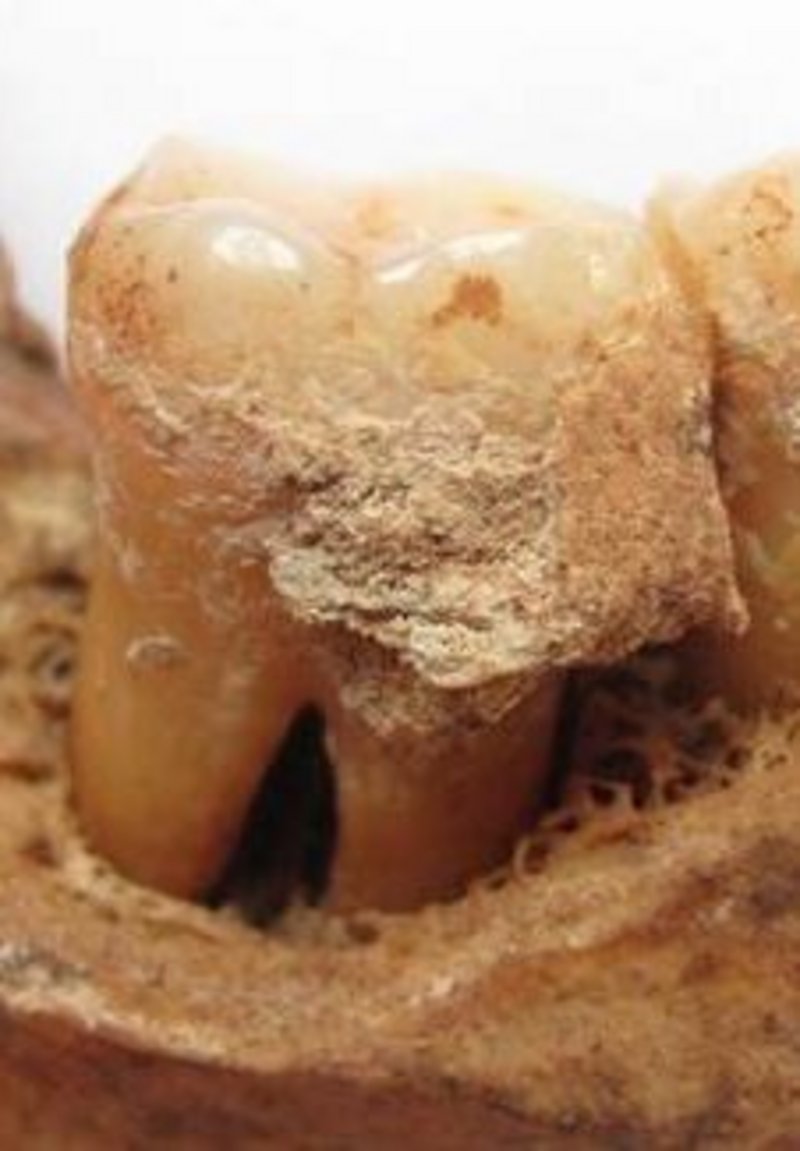Forschung
Research Questions
Possible differences in demographic and pathological data in individuals of different cultures and geographical regions will be investigated, e.g.:
- Is there an age- and sex dependency in burial practices in different cultures?
- Do deviating frequencies of diseases indicate possible social differences?
- Are there differences in prevalence and frequency of diseases between the different geographical regions, possibly related to subsistence?
- Does the fracture pattern differ between the sexes, the cultures or the geographical regions and can this be related to interpersonal violence?
Methods
When choosing the burial mounds for study, the following criteria were considered: a broad chronology (Eneolithic to late Bronze Age) and representative grave goods (“rich and poor”) of the graves in the burial mounds, and a certain variability in the geographic regions (steppe, piedmont, mountains), covering all vegetation zones of the northern Caucasus. So far, 17 sites have been chosen, reaching from small burial mounds (e.g., Ajgurskij, Damba Kalaus 1-2) up to large necropolises (Rasshevatskiy 1, Zolotarëvka 1-7, Sharakhalsun 1-6, Progress 2). The cemetery of Kudakhurt 14 is connected to the project, but is the topic of an upcoming dissertation (K. Fuchs, Graduate School 'Human Development in Landscapes', Christian-Albrechts-University, Kiel).
On-site, macroscopic analyses of the skeletons were conducted with the use of a magnifying glass. Sex determination on the skeletons was based on cranial and (where present) pelvic morphology using anthropological standards. For age at death estimation, cranial suture closure, dental attrition, and the condition of the surface of the pubic symphysis, and of the auricular surfaces of the iliosacral joints, were used. For palaeopathological investigations, standard anthropological methods were used. In addition to macroscopic analysis, plain radiography (Micro focus X-ray Pardus-02 at the Research Institute and Museum of Anthropology, Lomonosov Moscow State University), computed tomography (Charité, Radiologische Gemeinschaftspraxis Teltow), scanning electron microscopy and histology (DAI) were used to aid in diagnosis.
Apart from the specific information about age, sex, body height, diseases, etc., gained by the anthropological/paleopathological investigations, the anthropological research forms the base of the isotopic (C. Knipper, Curt Engelhorn Zentrum Archäometrie, Mannheim, S. Pichler, C. Gerling, IPNA Basel) and genetic research (J. Krause, MPI for the Science of Human History, Jena).





